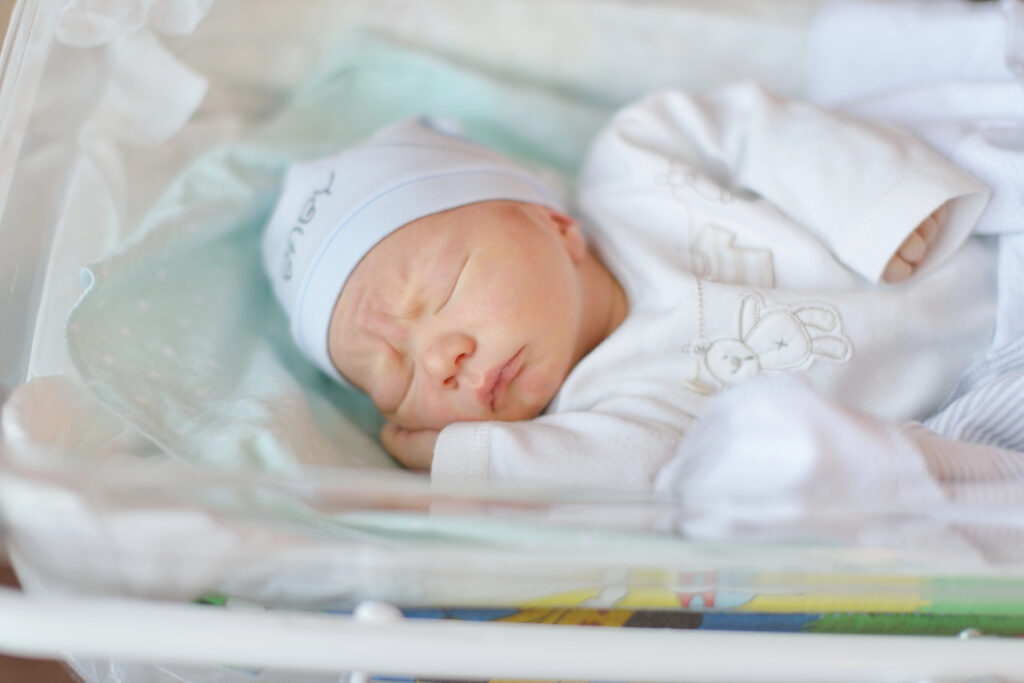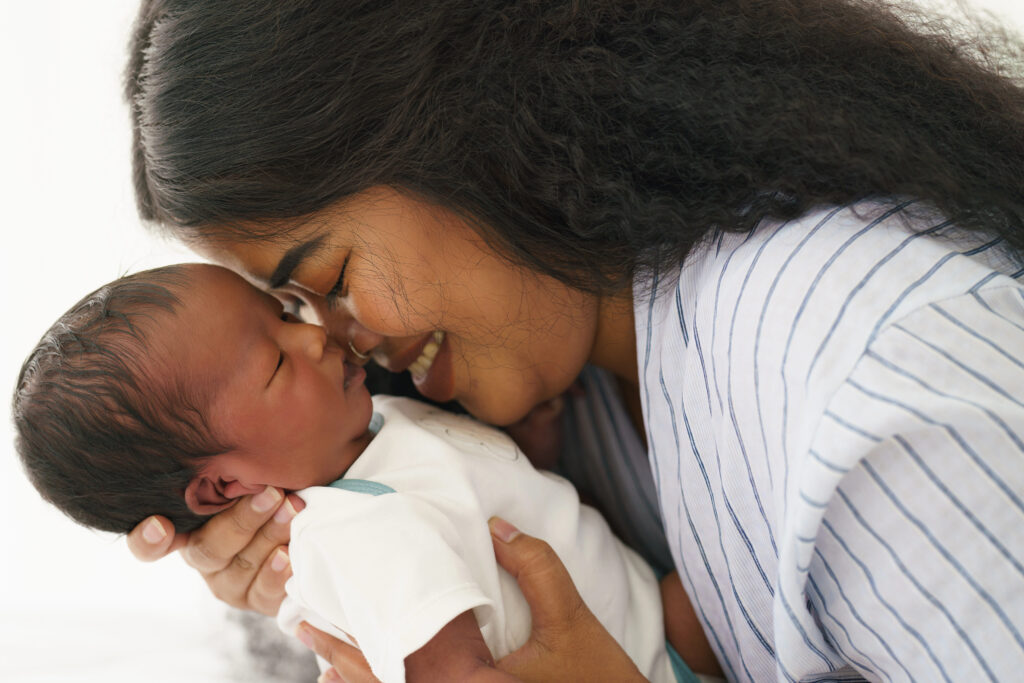
Every year, about a million pregnancies in the U.S. will end in miscarriage. A law passed in 2022 is improving workplace conditions for pregnant employees, and it turns out it’s making the country a safer place before birth as well.
Most workers have probably had the experience of being exhausted and overworked, really needing a break or at least a pause for some water and a visit to the restroom, and pushed through anyway because of a deadline or an impatient customer (or five of them in line) or fear of an angry boss or of being fired.
For many of us, that has been a decision we’ve had to make while pregnant, which is why the Pregnant Workers Fairness Act was passed.
What Does The Pregnant Workers Fairness Act (PWFA) Do?

The legislation was signed into law late in 2022, but went into effect the following summer. The Equal Employment Opportunity Commission issued a fact sheet explaining the protections.
They can be boiled down to a ban on discrimination against someone for being pregnant or for needing pregnancy-related accommodations. The specifics include that a company cannot refuse to hire someone who can otherwise carry out the job responsibilities if pregnancy is the reason for refusing to hire; cannot coerce a pregnant employee into accepting a lesser accomodation when a more appropriate one is reasonable; cannot force an employee to take leave simply because of pregnancy if a reasonable accomodation could be made instead; and cannot retaliate or punish an employee for seeking reasonable accomodations for pregnancy.
However, the EEOC went deeper, specifically listing some accommodations that could be considered reasonable for a pregnant employee. Among others, they include telework (where applicable); temporary suspension of some heavier job duties; longer or more frequent breaks; access to a water bottle and/or food; and being allowed to sit during work.
What Does This Mean For A Pregnant Employee?
Suppose we have a retail employee who works at a big-box store and is expected to stand at the register for the entire shift. She’s starting to have back pain, though, and her ankles are swelling. She really needs to get off her feet. Also, the baby is putting pressure on her bladder, and two 15-minute breaks in her 8-hour day, plus a 30-minute lunch, aren’t quite cutting it.
She’s a little afraid. If she goes to her boss and asks for an accommodation —like a stool to sit on during her shift or an extra bathroom break between her scheduled ones —maybe her boss will tell her she can’t have those accommodations and should instead take leave until after the baby is born. She can’t afford to do that, so instead, she keeps her concerns to herself.
The PWFA isn’t just in place to give her justice when and if that happens — it’s there to make her feel safer asking for the accommodations she needs and to back her up if her employer starts pushing her to take leave or cut her hours.
What It Means For Healthy Pregnancies

A new study shows that the legislation has had the hoped-for effect of making employment during pregnancy safer.
Specifically, it has reduced the number of miscarriages in states that did not previously have the same types of protections, where employers have implemented them after the PWFA passed. According to a study by the University of Wisconsin, the resulting 3.2% increase in the birth rate corresponds to a 9.6% reduction in pregnancy loss. (Specifically, counting miscarriages is difficult due to reporting, but if the frequency of pregnancies remains the same and the birth rate increases, then conclusions can be drawn.)
The study found an increase in the average APGAR score at birth, a slight increase in premature births, consistent with more ‘frail’ fetuses surviving to birth, and even a reduction in the number of women using tobacco during pregnancy, all of which appear to correlate with healthier, lower-stress work environments.
By comparing stats in states that already had similar legislation with those where the policies were newly implemented, researchers were able to target changes caused by the PWFA rather than those that might have other causes.
The longer-term effects of the legislation (such as whether employed women may feel more secure in becoming pregnant, and whether this results in newborns entering more financially secure homes) will take longer to determine. They may be confounded by other legislative and social changes occurring, but initial results point to better lives for moms and babies in the first two years.

